
How to Grow Out Bangs Gracefully: Styling Tips for Every Stage | The Ultimate Hair Guide
11 min read

11 min read

10 min read

9 min read

15 min read

12 min read

13 min read
In the ever-evolving world of beauty and wellness, few natural ingredients have garnered as much attention and acclaim as rosemary oil. Once reserved for culinary arts and aromatherapy, this potent essential oil has surged to the forefront of hair care discussions, dominating social media feeds and scientific journals alike. But beyond the viral trends lies a botanical powerhouse with legitimate, study-backed potential to transform hair health. For individuals struggling with thinning strands, hair loss, or simply a lack of luster, rosemary oil offers a compelling, chemical-free alternative to traditional treatments.
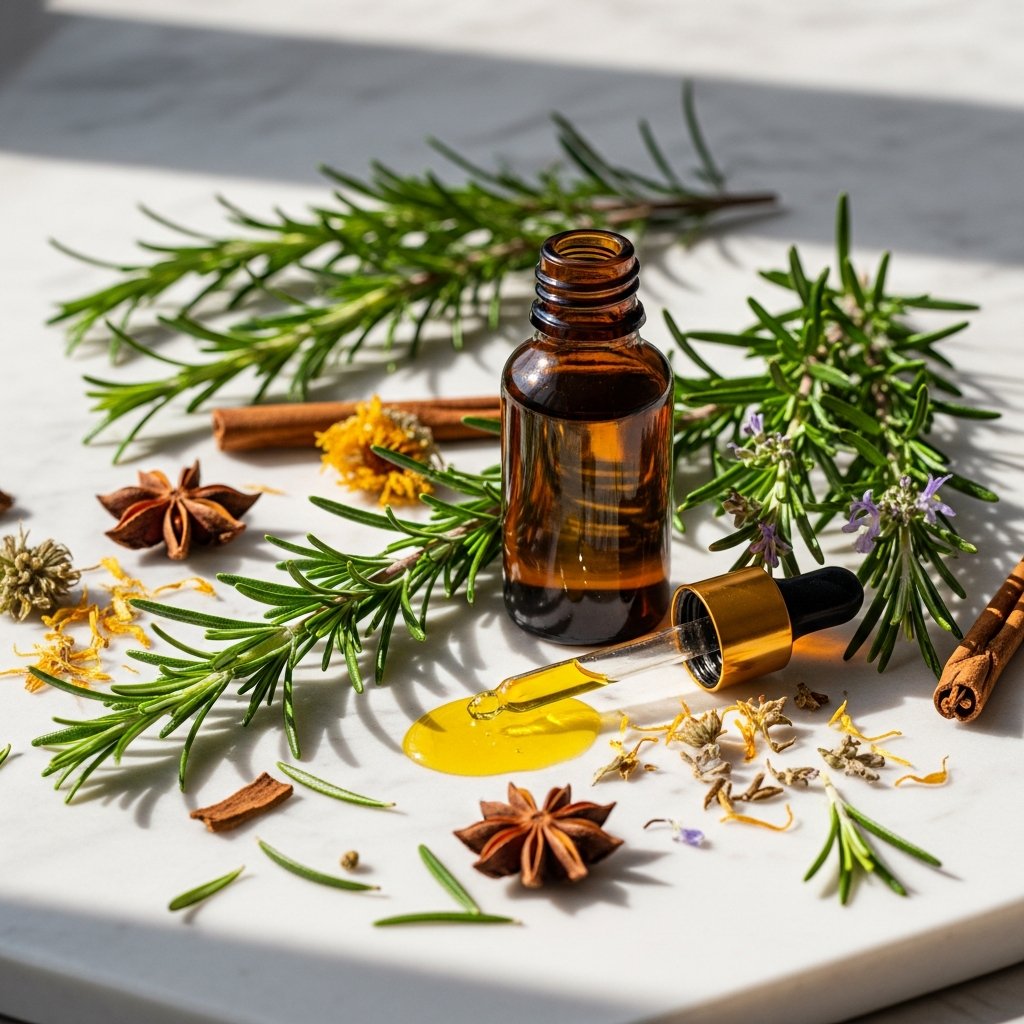
The resurgence of botanical remedies in professional hair care reflects a broader shift toward holistic wellness. Clients are increasingly seeking solutions that are not only effective but also sustainable and derived from nature. Rosemary (Rosmarinus officinalis) is native to the Mediterranean region and has been utilized for centuries in traditional medicine. Today, modern dermatology is catching up, confirming what herbalists have known for generations: this woody perennial herb possesses unique properties that stimulate the scalp and encourage robust hair growth.
This comprehensive guide dives deep into the science and application of rosemary oil. It moves beyond the hype to provide actionable advice, safety protocols, and professional-grade DIY recipes. Whether the goal is to combat androgenetic alopecia, soothe an itchy scalp, or simply improve overall hair density, understanding the correct usage of rosemary oil is the first step toward achieving a revitalized mane.
To understand why rosemary oil is effective, one must look at its chemical composition. The primary active ingredients in rosemary oil are carnosic acid, ursolic acid, and 1,8-cineole. These compounds work synergistically to create an environment on the scalp that is conducive to growth. One of the most significant mechanisms is the improvement of blood circulation. When applied topically, rosemary oil acts as a vasodilator, meaning it widens blood vessels and improves blood flow to the hair follicles. This increased circulation ensures that follicles receive an adequate supply of oxygen and nutrients, which is critical for sustaining the anagen (growth) phase of the hair cycle.
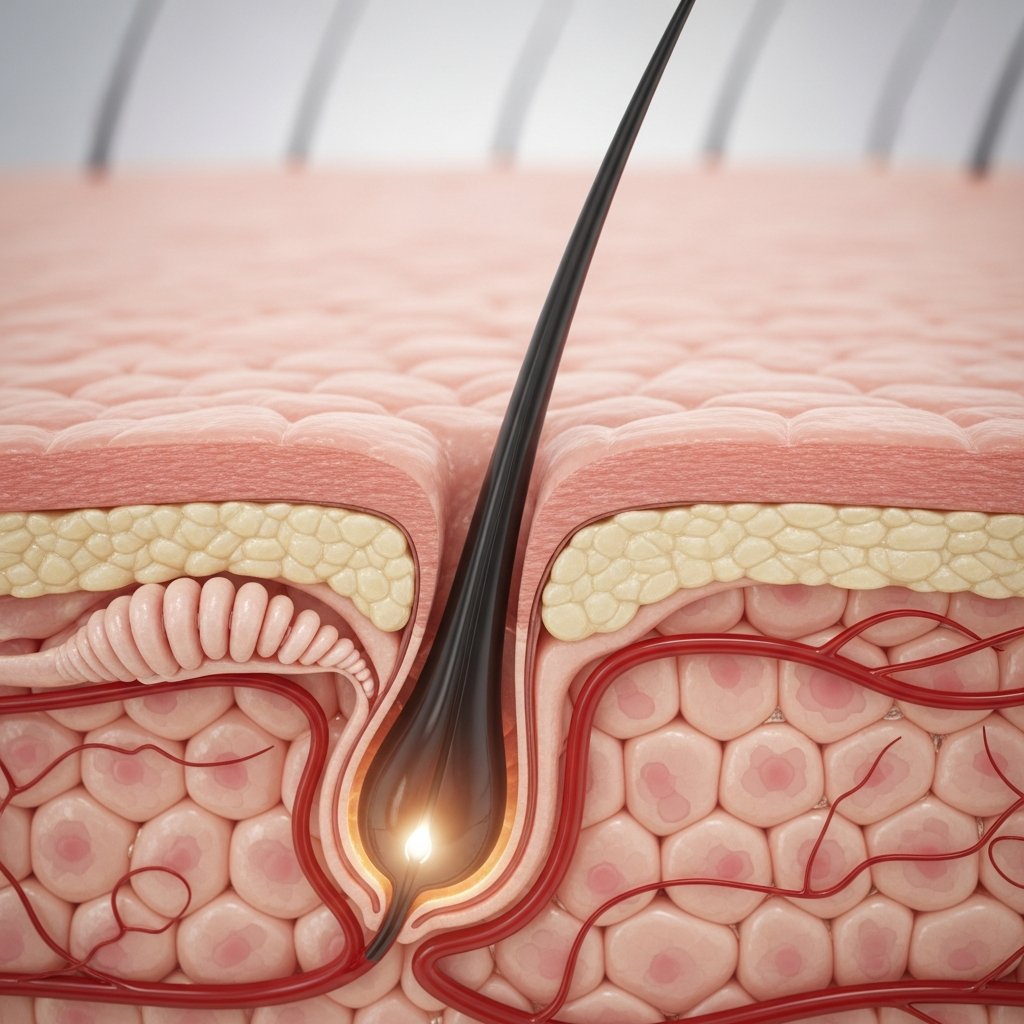
Perhaps the most compelling evidence for rosemary oil comes from a landmark 2015 study that compared it directly to minoxidil, a common pharmaceutical treatment for hair regrowth. The study found that after six months of consistent use, rosemary oil performed just as well as 2.5% minoxidil in increasing hair count in individuals with androgenetic alopecia (pattern baldness). Furthermore, the group using rosemary oil reported significantly less scalp itching compared to the minoxidil group, highlighting the oil's anti-inflammatory properties. This suggests that rosemary oil is not just a placebo but a viable clinical alternative for those who prefer natural treatments.
Another critical factor is rosemary oil's ability to inhibit the activity of 5-alpha reductase. This enzyme is responsible for converting testosterone into dihydrotestosterone (DHT), a hormone known to shrink hair follicles and lead to hair loss in both men and women. By potentially blocking this conversion at the follicle level, rosemary oil helps prevent the miniaturization of hair strands, allowing them to grow thicker and stronger over time. Additionally, its antimicrobial and antioxidant properties help maintain a clean, balanced scalp microbiome, preventing issues like dandruff which can impede growth.
While the primary focus is often on regrowth, rosemary oil offers a multitude of benefits that span across various hair textures and conditions. It is a versatile ingredient that can be adapted for fine, coarse, curly, and color-treated hair.
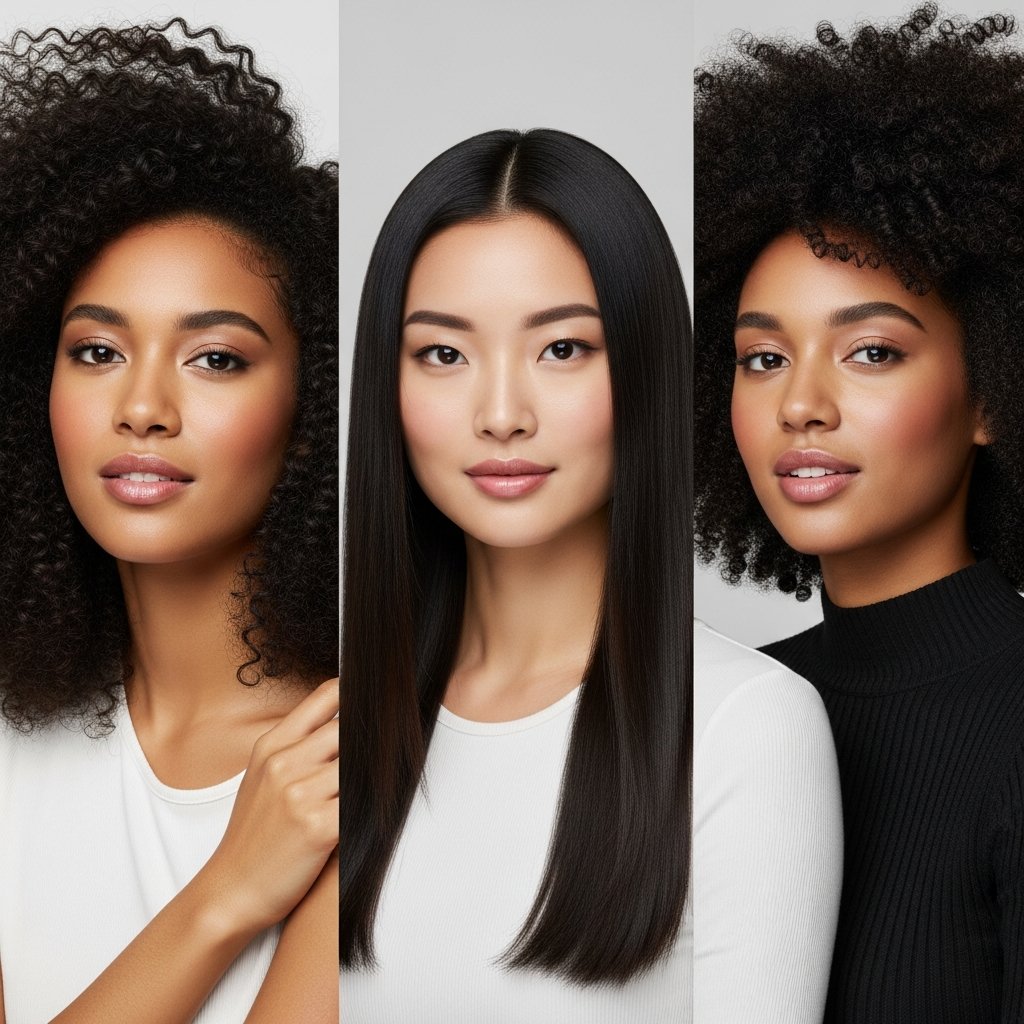
Using essential oils requires a level of caution and knowledge. Pure rosemary essential oil is highly concentrated and volatile; applying it directly to the scalp (undiluted) can cause contact dermatitis, chemical burns, or sensitization. Proper dilution is the golden rule of essential oil application.

Always perform a patch test before applying any new mixture to the entire scalp. Apply a small amount of the diluted oil to the inner forearm or behind the ear and wait 24 hours to ensure no allergic reaction occurs.
This oil-based treatment is designed for deep conditioning and scalp stimulation. It is best used as a pre-poo (pre-shampoo) treatment or an overnight mask.

For those with fine hair who find oils too heavy, rosemary water is a fantastic alternative. It provides the benefits of the herb without weighing down the strands.
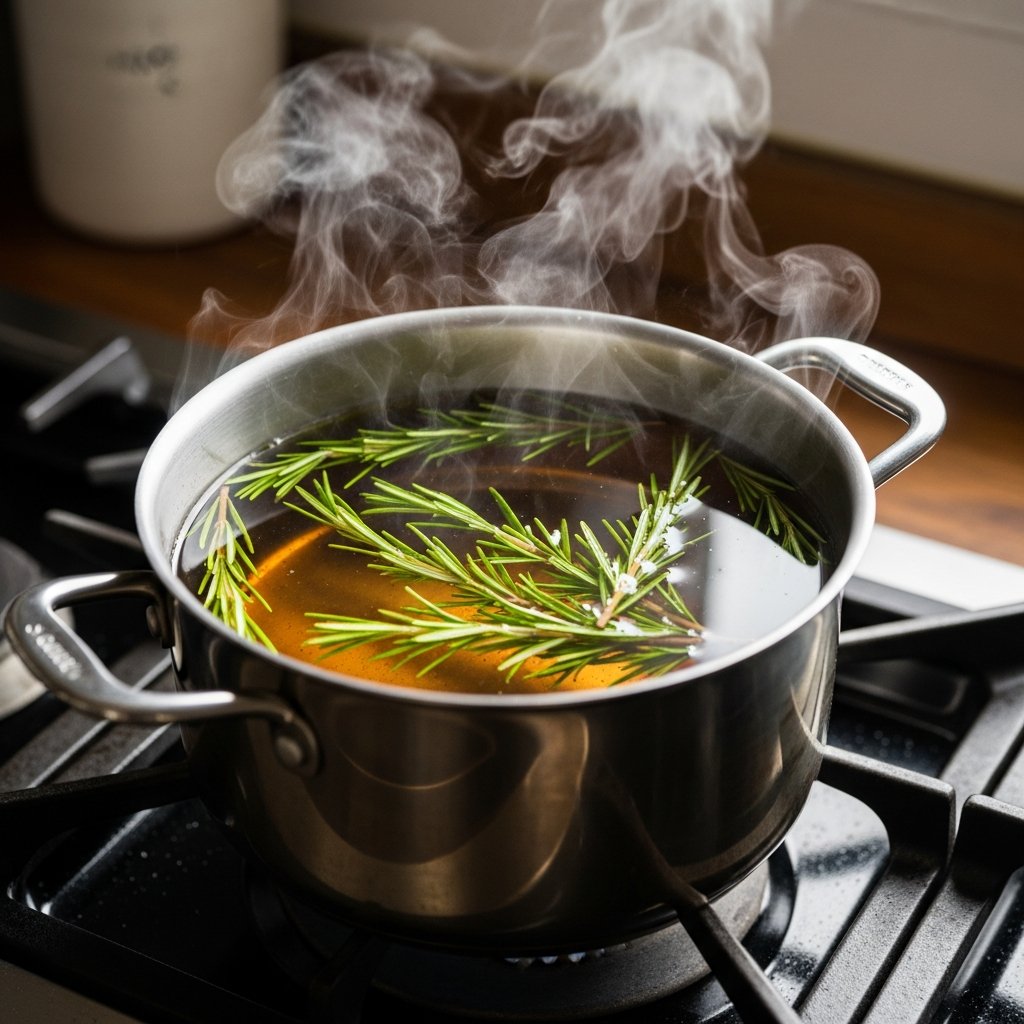
Product buildup can clog follicles and impede growth. This scrub exfoliates the scalp while delivering the benefits of rosemary.
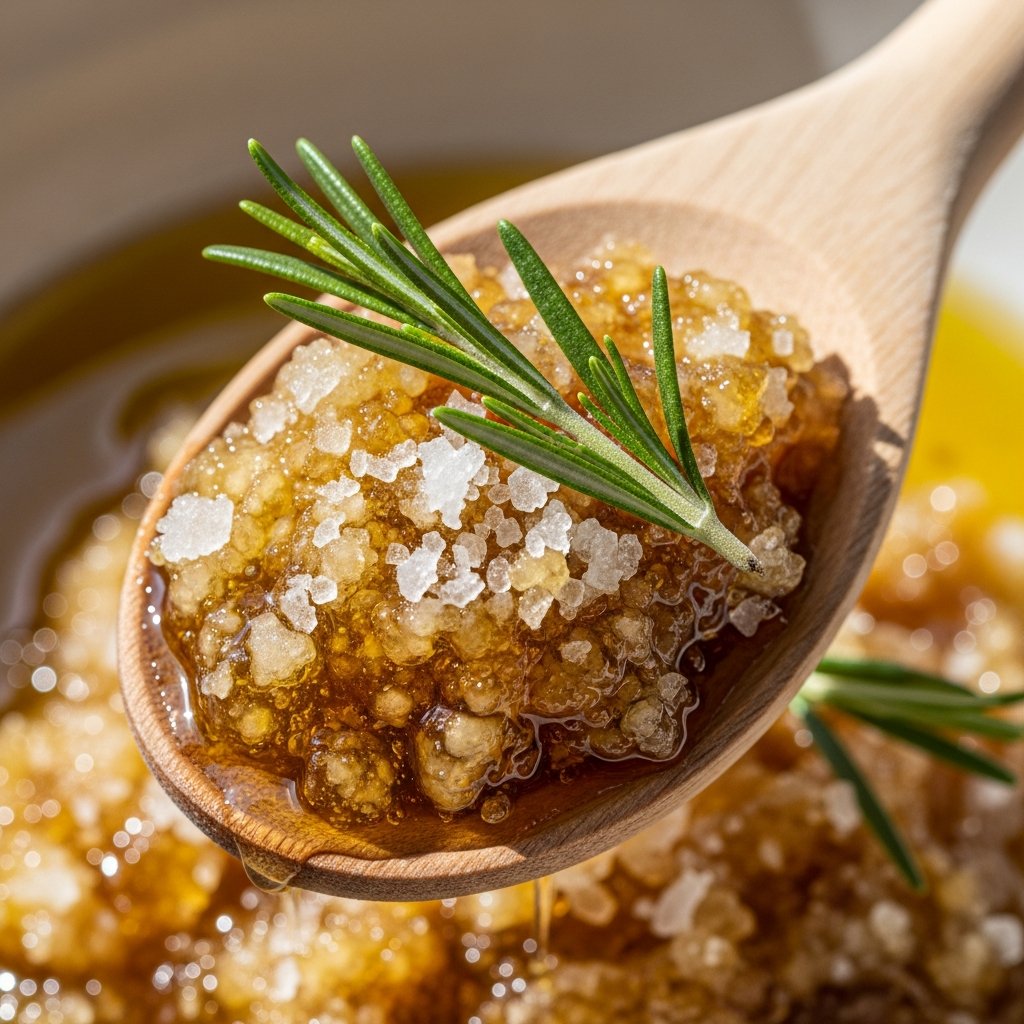
While DIY treatments are effective, integrating them into a broader hair care strategy yields the best results. Consistency is the most critical factor. Hair growth is a slow biological process; expecting overnight miracles leads to disappointment. Most studies suggest that consistent application for at least 3 to 6 months is necessary to see visible changes in density.

Scalp Massage Tools: Consider investing in a silicone scalp massager. These tools help work the oil deeper into the roots and save fingers from fatigue. The mechanical stimulation alone boosts blood flow.
Microneedling (Derma Rolling): Many hair care enthusiasts combine rosemary oil treatments with microneedling. Using a dermaroller (0.5mm - 1.0mm) creates micro-injuries that trigger the body's healing response and boost collagen production. If using this method, apply rosemary oil after rolling, but be prepared for a tingling sensation. Ensure strict sanitation of the roller to prevent infection.
Diet and Hydration: Topical treatments cannot fix internal deficiencies. A diet rich in protein, iron, zinc, and vitamins A, C, and E supports the hair growth cycle. Hydration is equally important for maintaining the elasticity of the hair shaft.
Q: Can I put rosemary oil directly in my shampoo? A: Yes, this is a convenient method for those short on time. Add 2-3 drops of rosemary essential oil to the dollop of shampoo in your hand before washing. Avoid adding it directly to the full shampoo bottle, as it may degrade the preservatives or separate over time.

Q: How often should I use rosemary oil for hair growth? A: For best results, apply an oil treatment 2-3 times a week. Daily application of heavy oils can clog pores, but the rosemary water spray can be used daily.
Q: Will rosemary oil darken my hair? A: Rosemary has been historically used to darken gray hair over long periods of consistent use. While it won't dye blonde hair black overnight, those with very light platinum or bleached hair should monitor their color, as the dark pigments in rosemary water might cause slight staining over time.
Q: Is rosemary oil safe for pregnant women? A: While generally considered safe in culinary amounts, high concentrations of essential oils are often cautioned against during pregnancy due to their potency. Always consult with a healthcare provider or obstetrician before introducing new essential oils into a pregnancy routine.
Q: How long does it take to see results? A: Based on clinical studies, significant results are typically observed after 6 months of consistent use. Some users may notice a reduction in shedding within the first month, but visible regrowth takes time.
Rosemary oil represents a perfect marriage between traditional herbal wisdom and modern dermatological science. Its ability to improve circulation, block DHT, and soothe the scalp makes it a formidable ally in the journey toward thicker, longer hair. Whether opting for a rich oil infusion or a refreshing rosemary water spray, the key lies in patience and consistency. By incorporating these DIY recipes and application techniques into a regular hair care regimen, individuals can take proactive control of their hair health naturally. As with any beauty regimen, if hair loss is sudden or severe, consulting with a professional stylist or dermatologist is recommended to rule out underlying health issues. Embrace the process, and let nature do its work.

11 min read

10 min read

9 min read